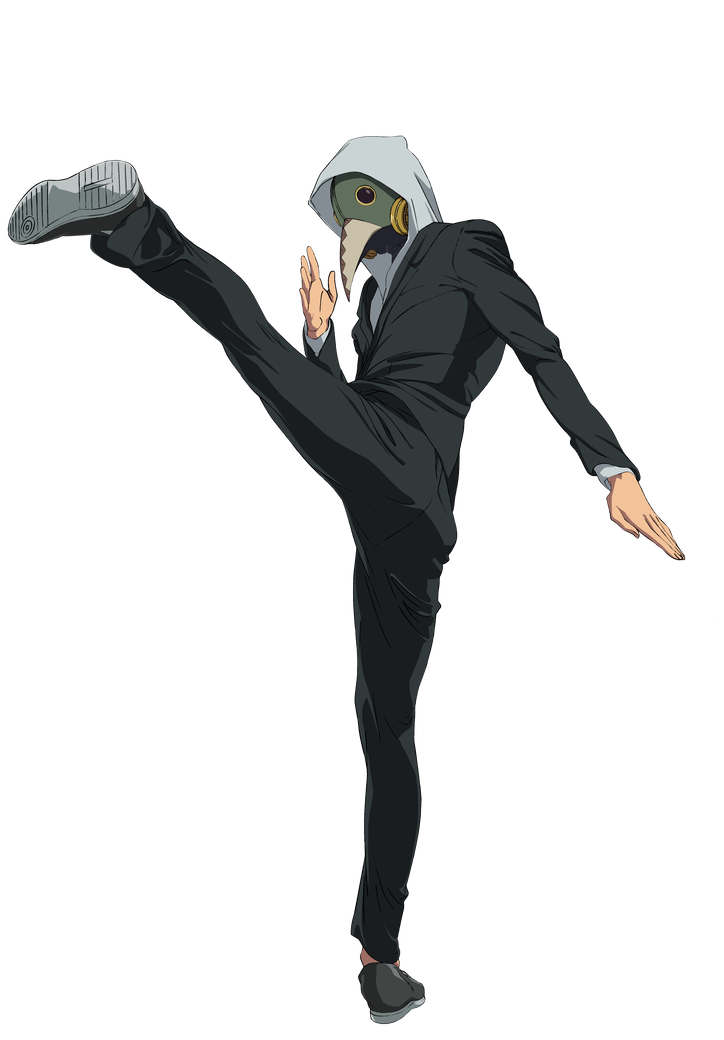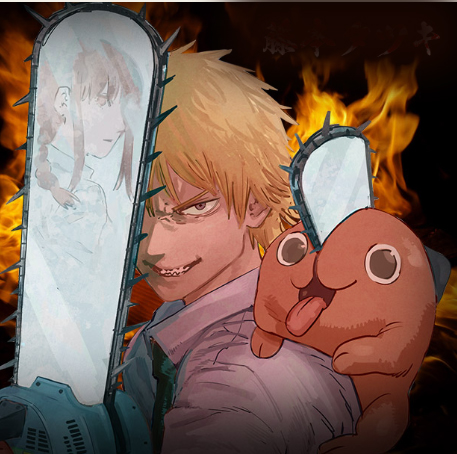# Unveiling the Inferno: The Shocking Hierarchy of Hell in Chainsaw Man!
##
Introduction to the Hellish Landscape
Chainsaw Man is a wild ride through the chaotic and often brutal world of devils, but what truly captivates the audience is not just the horror but the intricate hierarchy of Hell itself. Imagine a place where the most primal fears come to life, and the denizens are ranked by their terrifying powers. This complex structure is not only a reflection of the fears that plague humanity but also a commentary on our own societal hierarchies. As we embark on this hellish journey together, let’s uncover the layers of this inferno that are both shocking and thrilling.
The depiction of Hell in Chainsaw Man is rich with symbolism and creativity, presenting a unique hierarchy that mirrors the struggles of our daily lives. In a world where devils represent our darkest desires and fears, the way they are organized reveals much about power dynamics, ambition, and the nature of evil. The series invites us to question our understanding of good and evil, offering a fresh perspective on moral ambiguity. So let’s dive deeper into the inferno that captivates fans and ignites their imaginations!
As we unearth the layers of this fiery realm, we’ll not only explore the structure of Hell but also the characters that inhabit it. Each devil embodies a unique fear, and understanding their roles helps us relate to our own experiences. What can we learn from this chaotic underworld, and how can it inspire us to confront our own fears? Let’s set the stage for an exhilarating exploration of the shocking hierarchy of Hell in Chainsaw Man!
##
The Foundation of Fear: The Lesser Devils
In the grand hierarchy of Hell, the lesser devils represent the entry-level fears that plague humanity. These beings might seem insignificant at first glance, but they embody everyday anxieties that resonate deeply with us. From the fear of rejection to the dread of failure, these devils remind us that even the smallest fears can hold great power. They serve as a foundation for the more formidable entities that dominate the higher tiers of Hell, illustrating how our insecurities can manifest into formidable foes.
What’s fascinating about the lesser devils is their relatability. The horrors they embody are not just confined to the pages of the manga; they run rampant in our daily lives. By confronting these fears, we learn that they hold less power than we often ascribe to them. Chainsaw Man cleverly showcases characters who must face these devils, resulting in not just physical battles, but emotional growth as well. It’s a poignant reminder that the journey of overcoming our fears can lead to personal strength and resilience.
Ultimately, the lesson here is clear: the lesser devils may seem trivial, but they lay the groundwork for the more significant challenges we face. By recognizing and addressing our lesser fears, we can prepare ourselves for the greater battles ahead. In this way, Chainsaw Man encourages us to embrace our vulnerabilities and turn them into sources of strength, inspiring a bold approach to life’s inevitable challenges.
##
The Mid-Tier Devils: The Struggles of Existence
As we ascend the ranks of Hell, we encounter the mid-tier devils, who embody more profound existential fears. These entities represent concepts like loneliness, loss, and despair—powerful emotions that can overwhelm even the strongest of souls. Unlike their lesser counterparts, these devils offer a more complex representation of the human experience, reminding us that fear often intertwines with deeper psychological struggles.
What’s intriguing about these mid-tier devils is their multifaceted nature. They do not simply incite fear; they also provoke introspection. Characters like Makima and her complex manipulations illustrate how these fears can be exploited, revealing the darker aspects of human relationships and power dynamics. As readers, we are invited to reflect on our own lives and how we navigate these emotional landscapes. The battles fought against these devils serve as metaphors for personal growth and the journey toward self-acceptance.
Chainsaw Man beautifully intertwines action with emotional depth, allowing us to confront our fears while cheering on the brave characters who fight against them. The struggles depicted in this tier resonate with readers, providing comfort in the knowledge that we are not alone in our battles. Understanding these mid-tier devils becomes a transformative experience, empowering us to face our own existential fears with courage and determination.
##
The Apex of Terror: The High-Level Devils
At the pinnacle of the infernal hierarchy, we meet the high-level devils, the embodiment of humanity’s most significant fears. These powerful entities, such as the Gun Devil and the Darkness Devil, are not just foes for our heroes to battle; they are primal forces that challenge the very fabric of existence. Their sheer magnitude brings forth a raw, unfiltered depiction of terror that is both exhilarating and humbling.
The high-level devils push characters to their limits, forcing them to confront their deepest anxieties and insecurities. In these moments, we witness the true essence of courage—the willingness to stand against overwhelming odds. The stakes are higher, and the conflicts more profound, as the characters grapple with not just their physical survival but also their moral choices. This exploration of fear at its highest level encourages readers to reflect on what truly terrifies them and how they can grow beyond that fear.
Chainsaw Man masterfully captures the essence of confrontation in its depiction of high-level devils. It serves as a reminder that the most daunting fears can be faced and even conquered with resilience and determination. As we witness our protagonists rise to the occasion, we are inspired to confront our own apex fears, leaving us invigorated and ready to tackle what life throws our way.
##
The Complexity of Relationships: Devils and Humans
One of the most intriguing aspects of Chainsaw Man lies in the complex interplay between devils and humans. The relationships formed in this dark narrative unveil layers of trust, betrayal, and the very nature of companionship. The interactions between characters reveal how fear, power, and vulnerability shape our connections. This dynamic not only heightens the stakes but also enriches our understanding of what it means to be human in the face of fear.
Chainsaw Man emphasizes that our relationships can either empower us or lead us down a dark path. The devils, while representing fear, also mirror the insecurities that exist within us. As characters navigate their bonds with each other, they are forced to confront their own devils—both literal and metaphorical. This journey of self-discovery is as thrilling as the battles fought against the supernatural, reminding us that our greatest challenges often arise from our interpersonal connections.
As we explore this complexity, we are presented with valuable lessons about empathy and understanding. The narrative encourages us to look beyond fear and recognize the humanity in ourselves and others, despite the darkness that may surround us. By doing so, we can foster healthier relationships and confront our own fears with the strength of community and compassion. So remember, whether facing a devil or navigating life, you are never alone; the bonds you create can light the way through the darkest moments!
—
As we conclude this thrilling journey into the hierarchy of Hell in Chainsaw Man, let us remember that fear is a universal experience. Embracing our vulnerabilities and confronting our fears can lead to incredible personal growth. Every challenge is an opportunity to rise stronger and more resilient. So face your fears head-on, forge connections with others, and allow the flames of your determination to illuminate your path! You’ve got this!

